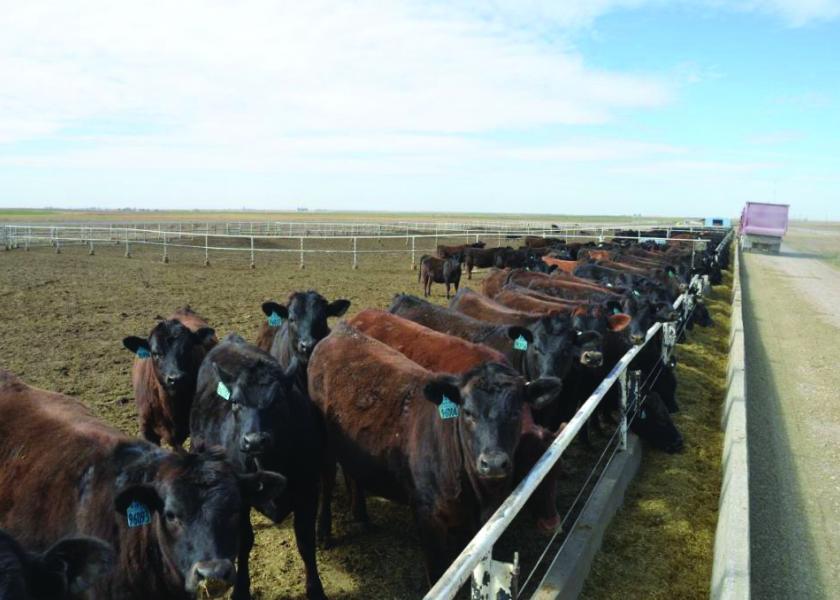Modern Reality of Crossbreeding

What is crossbreeding’s place or role in the beef industry? What will it look like over the next several decades? I believe the big picture answers are quite simple.
First, this article is strictly about crossbreeding. Therefore, it was written with the assumption that single-breed strategies are not an option. Also, for all my southern brothers and sisters, we will also assume some degree of Bos indicus influence might be important to your ranch’s profitability. With that established, let’s get into it.
Crossbreeding has a well-defined purpose and benefit to all agriculture grain and protein production. Conversely, we have learned it is not a tool to be wielded haphazardly and can erode product value substantially if mismanaged. My career provides opportunity to gather insights all along the beef value chain. From the management of my own operation to my dayto- day interaction within each segment, I have gathered the following insights into the reality of crossbreeding.
Due to the value of maternal efficiency as it relates to ranch level profitability, producers are left with two extremely uncomplicated, yet sometimes, hard-to-swallow options.
Option one: Maintain a base cowherd of Angus or Red Angus genetics and terminal cross with Charolais.
As it currently stands, Charolais is the lone wolf among all other potential terminal breed options. There are very few cattle feeders I talk to who don’t immediately perk up to the prospects of high-value Angus or Red Angus X Charolais feeders. For those of you ready to argue that there are alternative options available to producers that can create the same value as this cross, don’t bother. I am clearly aware of those options. They are limited genetically in availability and simply don’t have the consistent pullthrough demand at the feeder level. No other option currently offers the greatest terminal cross breeding value from the ranch through the feeder like a really good set of smokes or buckskins that are at least 50% Angus or Red Angus.
Option two: Use a hybrid rotation such as SimAngus crossed with Balancer or vice versa.
What this management scenario can lack in terminal feeding and grid performance value, it more than makes up for in maternal efficiencies. Further, it’s easy and cost effective. Both of these options are readily accessible with quality suppliers coast to coast. The ability to maintain multiple hybrid sire groups and rotate heifers based on matching opposite hybrid sires is simple.
Again, before you construct your angry memes and hate mail, I am writing this using an overarching view of where the industry is today and where it will likely be moving forward. I know compelling arguments can be made for the use of breeds not mentioned in these scenarios; however, this article was written from a compartmentalization of business infrastructure and profitability standpoint. These recommendations are free from emotional attachment to any breeds and are based on cold hard facts. Black and Red Angus, along with the three continental breeds mentioned, offer the greatest combination of the following: industry-wide acceptance and accessibility, feeder demand driven by proven economically relevant traits, and the aggregation of the overwhelming majority of the industry’s progressive seedstock breeders.







